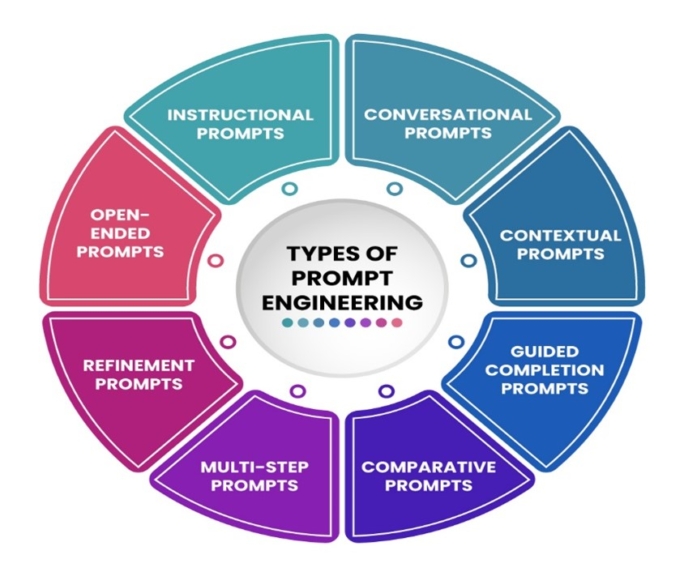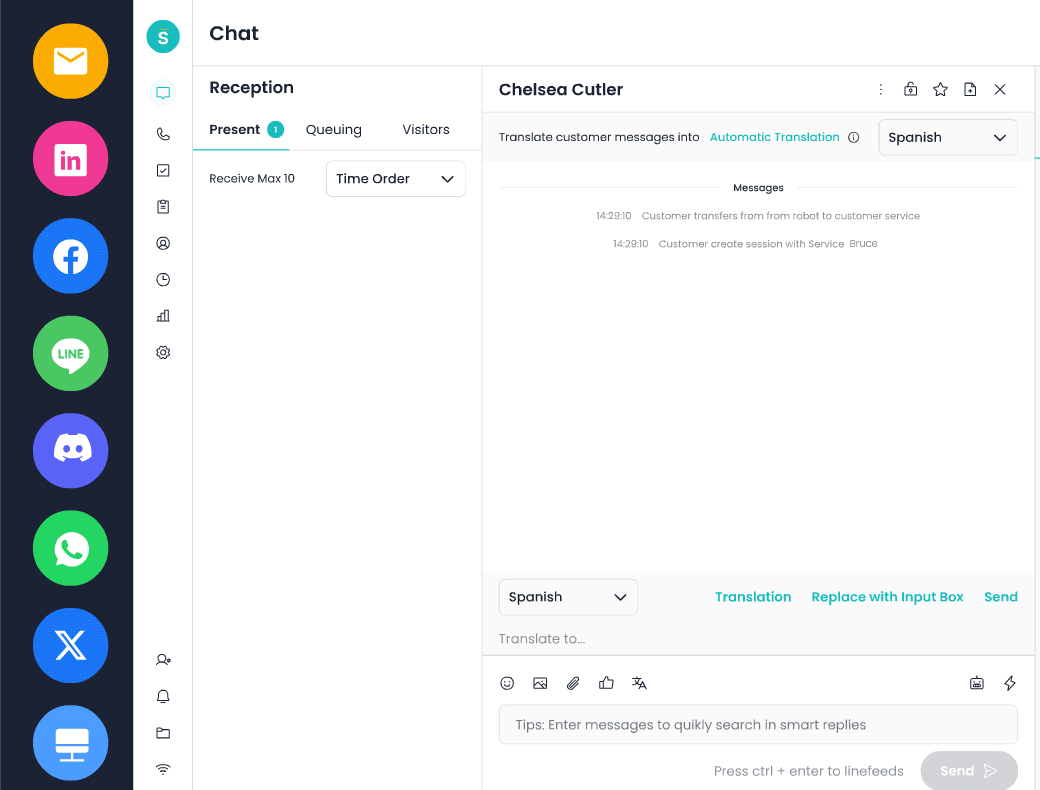The AI landscape has been changing fast, and interaction with AI models is now critical to maximizing their utility. In these techniques, prompt engineering is the efficient way to optimize AI interactions, allowing models to give accurate, relevant, and expected responses from the user’s point of view. Whether a developer, business owner or just a curious user, knowing how to engineer a prompt correctly can work wonders for your experience with AI models like GPT-4.

Prompt Engineering: What is it?
Prompt engineering is the art and science of building inputs or prompts that guide an AI model’s behavior. It tells the artist that the more detail you get, the better the artwork. In large language models, these serve as prompts, determining how well an AI understands a request and the output quality.
Although AI technology has made significant advancements, the need for prompt engineering has also increased. Language models, not having a natural ability to “understand” content as humans do, depend on the cues offered by the user to deliver meaningful responses. Thus, an aptly constructed prompt could produce output matching the desired outcome, but a poorly constructed one would produce vague or incorrect responses.
Why Prompt Engineering is Important?
Prompt engineering is essential because it enhances AI performance across different contexts. Improving a fine-tuned prompt improves relevance and customizes it to the user’s needs. For example, suppose a writer uses the AI tool for content creation. In that case, they will require a completely different level of detail from a data analyst who might be summarizing complex datasets.
It’s also where precision matters the most that prompt engineering’s relevance is more apparent. For instance, businesses use it to develop chatbots that answer customer service questions more efficiently. Educators can similarly design prompts that help AI models generate lesson plans appropriate for students at different learning levels. In each case, prompt engineering transforms AI from a general assistant to something memorable for specific tasks.
How Prompt Engineering Works?
Good prompts are often developed depending on the purpose of a particular interaction. For instance, if the task will be writing a synopsis of a complex topic, then the prompt should explicitly tell the AI that it will be writing a synopsis for this task. The better the AI knows the task, the better it does. Context is critical; a vague question like “Tell me about climate change” produces a far different result than a more specific question like “Explain the impact of climate change on global agriculture in simple terms.”
Secondly, specificity matters. More so, it ensures clear-cut instructions to the AI make options narrower as they eventually point to an accurate fit by the user’s expectations.
For example, where you need creative content, specific boundaries like a given tone, audience, or a particular style mean all the world regarding the actual output.
Another critical aspect of prompt engineering is experimentation. One needs to try and find out what works and sometimes doesn’t, and perhaps goes through a cycle of fine-tuning and revision in the prompt. Iteration is significant because tasks are often complex; this means that the instructions to the AI need more nuance.
Real Applications of Prompt Engineering
This aspect of prompt engineering has several practical applications across different sectors. The models applied in customer services may be trained on repeated answers that users request daily; using very accurately engineered prompts helps assure companies that their AI correctly captures the essence of their customers’ questions so that they are answered meaningfully and to the customers’ satisfaction.
A good writer can use a tool like AI to work on idea generation, produce drafts, and even help create entire articles in content creation. A lot depends, though, on the quality of how it is built on a specific instruction prompting the article to use what particular tone, on which category of audience, or even focus on the most important main points.
Prompt engineering is also valuable for education.
Here, an educator can write prompts to prepare for AI to generate educational content appropriate for age and learning style.
There is much inherent uncertainty in working with AI models. No matter how well you may have engineered a prompt, the model can occasionally respond with unexpected or irrelevant content. This calls for an even finer and continuous prompt calibration, mainly if applied in critical contexts.
Future of Prompt Engineering
With advanced AI technology, prompt engineering will become much more sophisticated. Models that learn from user feedback may improve their performance automatically over time. Researchers are trying to automate this process so a layman can use AI more effectively.
When incorporated with other disciplines that make up AI, reinforcement learning, for example, could push language models more towards capability and might perhaps be a place from which we would experience evermore adaptive and responsive systems of AI.
Prompt engineering affords many benefits, but it is not a no-brainer. Some significant disadvantages include the reality that most engineers have in-depth knowledge of working models of language. In other words, long spans can be involved depending on how long it takes for a perfect complex question to elicit pertinent information. On top of these, biased or skewed responses are more possible simply because they are placed within and derived from the former’s training data.
Prompt engineering is an exceptionally empowering tool that opens the whole capability of AI in a conversational setting. It, therefore, brings an understanding of machine intelligence close to the meaning behind human intention, which makes AI much more helpful and effective in several other fields. Additionally, the fact that it requires continuous advancements in its generation has now made it one crucial skill for anyone willing to apply AI in alternative ways. Whether it is about developing chatbots, content creation, or data analysis, the ability to craft accurate and compelling prompts is sure to shape how humans interact with AI.






